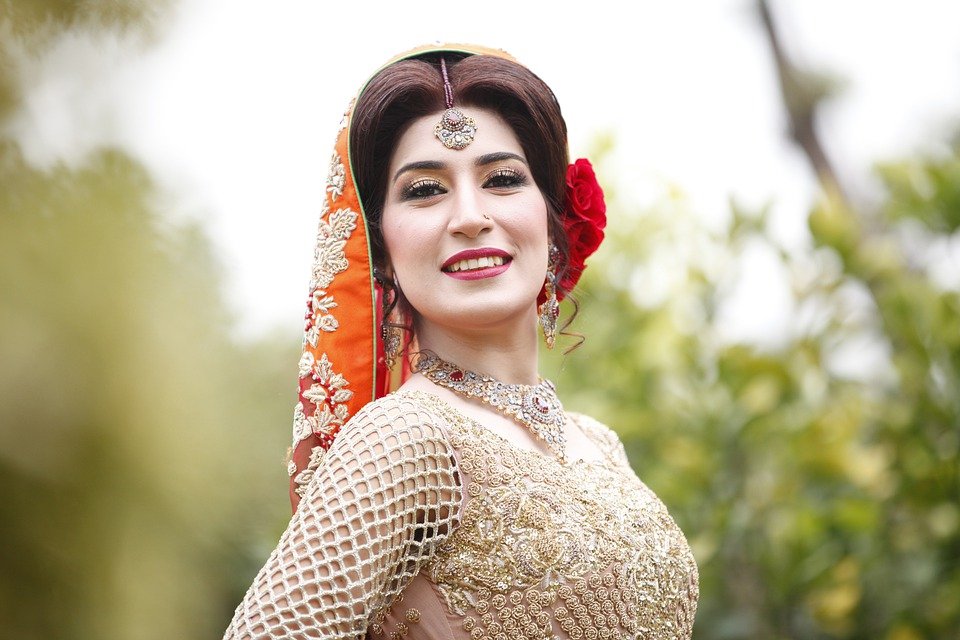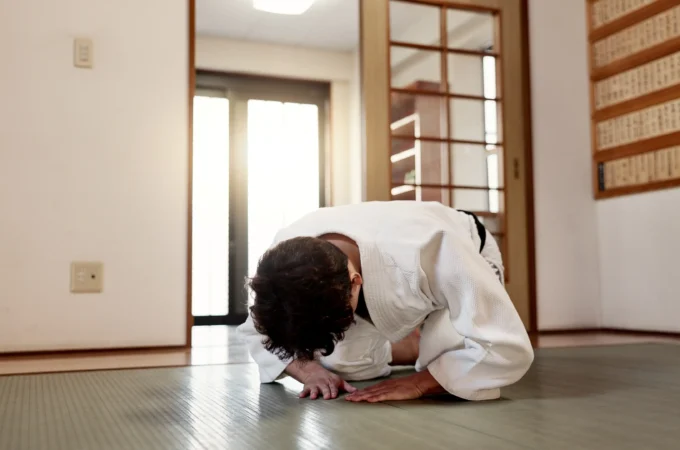
The History of Pakistani Wedding Dresses
The famous wedding dress worldwide and in most cultures is a white gown with a veil. However, they have a uniquely beautiful gown for their weddings for the Pakistani culture. Brides in Pakistani wedding gowns often select crimson to represent auspiciousness. Then Pakistani wedding dresses frequently included brilliant colors and glistening embellishments into their overall gorgeous design.
The tradition of Pakistani dresses
Traditionally, a wedding consists of four separate rituals held on various days. Each bride wears a distinctive outfit, displaying a diverse range of Pakistani wedding gowns for visitors to appreciate. paki
- The Mehdi.
Mehndi is a pre-wedding ritual that occurs 1 or 2 two days before the main event. The bride and groom’s families send dessert-themed delicacies and henna on the opposite side. At the same time, the betrothed pair celebrates privately with friends and relatives. on this day, the colors are likely to be green or patterned with yellow and orange materials. The make-up is relatively easy, and the clothing is lovely but not garish.
- Dolki
A Pakistani bride generally wears formal yellow attire. Floral henna patterns are used to complement this, and the groom’s name is sometimes incorporated into the artwork. With her yellow wedding gown, a woman will also wear a veil. Traditional Pakistani wedding songs are sung, and percussion instruments are celebrated.
- Nikah and Shaadi
The bride’s house is where the traditional Islamic marriage ritual begins. Family and friends attend this, and men and women are frequently separated. After then, the Shaadi ceremony takes place. This is how a wedding reception is done in Pakistan. The bride wears a gharara, which comprises a purple, crimson, or pink tunic with a veil and wide-legged slacks that finish above the knee. Zari, a gold and silver wire woven directly into the cloth, and Zardozi, another type of traditional needlework, are used throughout.
- Walima
On their first day as husband and wife, the couple organizes a dinner party together. A bride will again wear a lot of gold jewelry and a pastel-colored dress.

The history of Pakistani wedding dresses
Following Pakistan’s independence in 1947, wedding gowns were primarily influenced by Indian culture. The bride wore a simple dress with only a few laces here and there, while the grooms wore a basic sherwani or kurta pajama. In the 1940s, Gharara was the focus of attention.
A gharara coupled with a kameez was also Pakistan’s national wear for ladies. While the ladies wore ghararas regularly, a little more animated version was favored on the big day. Quaid-e-sister Azam’s Fatima Ali Jinnah was the source of inspiration.
Brightly colored ghararas fashioned of Zarbakh or silk with beautiful pure Chandi (silver) embroidery were popular among brides. The shirts were kept simple, but the dupattas were also embellished with change.
The revolution
Over the years, wedding dresses have undergone various changes since the 1940s in the 2000s. For instance, the overall style of the bridal gowns and the embellishments used drastically changed. In contrast to gotta and chaand, heavy stonework, lappa, needlework, and tilla were visible. Additionally, more vibrant and nude colors we adapted, and in 2020, the latest bridal style involves a lot of pearls, complex craftsmanship, varied decorations, and textures. Long maxi dresses with can-can and poof are very stunning. Colors like slivers, pearl whites, peaches, deep reds, and dull gold are also rising.
In conclusion, the Pakistani wedding gown has revolutionized, and with each design, designers come up with even better designs that are more eye-catching and chic.




